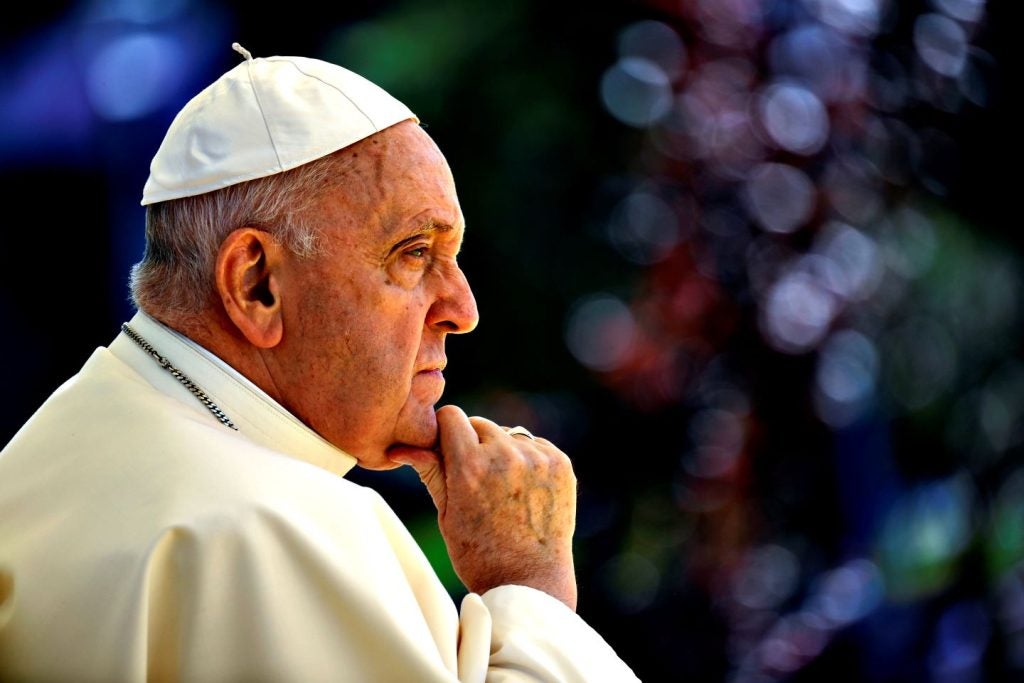
For years, retailers have been taking advantage of traditional holidays, but in the last decade, marketing teams have also started creating large-scale shopping events of their own to drive sales. So what are the biggest dates in retail?
Valentine’s Day
Celebrated on 14 February, Valentine’s Day is an annual celebration of romance and romantic love in many regions around the world.
Couples typically present each other with cards, flowers, chocolates and other gifts to show affection for one another. According to a survey by offers.com, it is estimated that in the US men spend an estimated $63 on Valentine’s Day, while women spend $46.
While Valentine’s Day is normally celebrated by couples, according to the same survey more than half of consumers present gifts to other family members, with 21% shopping for their pets too.
According to database company Statista, this year’s Valentine’s Day generated $20.1bn in sales in the US, while in 2017 sales reached $19.8bn.
Easter
Easter, traditionally a Christian holiday, is often associated with chocolate bunnies and Easter eggs that can be found in every store in the run-up to the celebrations.

US Tariffs are shifting - will you react or anticipate?
Don’t let policy changes catch you off guard. Stay proactive with real-time data and expert analysis.
By GlobalDataApart from chocolate, consumers also spend their money on Easter cards to send to their loved ones.
However, over recent years, Easter purchases have expanded to other gifts and clothing as many retailers usually run holiday sales or discounts.
The US National Retail Federation (NRF) estimated that in 2017 Americans would spend $18.2bn on Easter.
Mother’s Day
Mother’s Day is a celebration honouring mothers, celebrated in over 40 countries worldwide. It is celebrated on various days depending on the country, but most commonly in March or May.
Mother’s Day has been often criticised for becoming over commercialised. Since the early 1920s companies across the US have been selling Mother’s Day cards to cash in on the holiday.
The expenditure on Mother’s Day this year has reached $23.1bn in the US according to Staista, compared with $23.55bn in 2017.
Father’s Day
Father’s Day is a celebration honouring fathers and celebrating fatherhood. It is celebrated on various different dates around the world, but in the UK and US it falls on the third Sunday of June.
According to research by retail and shopper marketing agency Savvy, 45% of consumers in the US planned to spend more money on food and drinks to celebrate Father’s Day in 2018. Meanwhile, 46% said they would also buy personalised gifts.
Seeing as Father’s Day is the last major retail event of the first half of the year, many retailers also run a number of promotions during the day to attract customers and increase their sales.
The expenditure on Father’s Day in the US this year reached $15.3bn, while in 2017 the total spend reached $15.48bn (Statista).
Single’s Day
The annual Single’s Day was launched by the Chinese online marketplace Alibaba in 2009 and takes place on 11 November.
Initially, only 27 merchants participated in the event, and only £5m was spent by shoppers. However, the event has fast caught on, with now over a third of China’s population are estimated to make purchases on Single’s Day, making it one of the biggest dates in retail.
Also known as ‘11.11 Shopping Festival’, Single’s Day is one of the largest shopping holidays, after overtaking Cyber Monday for sales in 2013 with customers spending $5.6bn throughout the day.
This year, according to Alibaba, sales during Single’s Day reached $30.8bn, compared to expenditure of $25.38bn in 2017.
Black Friday
Black Friday is an informal name for the day following Thanksgiving day in the US, which has been regarded as the beginning of the country’s Christmas shopping since 1952.
Black Friday has been the busiest shopping day of the year in the US since 2005. In 2014, spending on Black Friday fell for the first time since the 2008 recession.
Since the start of the 21st Century, retailers with origins in the US have attempted to introduce Black Friday in the UK.
In 2013, Asda announced its ‘Walmart’s Black Friday by ASDA’ campaign promoting the American concept of Black Friday in the UK. Both brick-and-mortar and online retailers have adopted the shopping event in 2014.
However, in 2015, major retailers including Asda discontinued or downplayed the event following the disruption caused during the 2014 Black Friday event. Police were called to seven branches of Tesco in Greater Manchester in 2014 after unrest involving shoppers surging to grab bargains.
According to UK’s online retail association IMRG, the amount spent on UK online retail sites on Black Friday 2017 totalled £1.39bn.
Meanwhile, based on data from Adobe Analytics, a record $5.03 billion was spent online on Black Friday in the US.
Cyber Monday
Cyber Monday was introduced in the US in 2005 by the marketing team at Shop.org, a division of the National Retail Federation, and takes place on the Monday after Black Friday.
The idea behind Cyber Monday was to provide online retailers with an alternative to Black Friday, which typically takes places in store. As at the time of Cyber Monday ‘s inception, most shoppers were still shopping at brick-and-mortar retailers, there was a need to persuade customers to shop online.
As online retailers became more popular over the years, Cyber Monday became increasingly popular among consumers looking to find a bargain.
Cyber Monday has become the online equivalent to Black Friday, offering small retail websites an opportunity to compete with larger chains.
ComScore reported that online spending in the US on Cyber Monday increased 25% to $608m in 2006, 21% to $733m in 2007 and 15% to $846m in 2008.
Since the launch of the event, Cyber Monday has become an international marketing term used by online retailers around the world.
Adobe Analytics reported a record $6.59 billion was spent online on Cyber Monday in the US in 2017.
Green Monday
Celebrated on the second Monday in December, Green Monday was introduced in 2007 by eBay, after the retailer reported that the second Monday in December was its busiest day. At that time, it was the last day shoppers could order gifts so they would arrive in time for Christmas.
In 2007, total spend on Green Monday in the US reached $881m according to eBay. However, just nine years later, Green Monday sales reached $1.62bn making it the fifth biggest online spending day of the holiday season in 2016.
Green Monday is no longer one of the busiest days as shoppers are attracted to deals throughout the Black Friday and Cyber Week. However, shoppers can still find good deals during the event with retailers offering between 50% and 90% off regular prices.
Boxing Day
Boxing Day takes place on December 26th and is only celebrated in the UK, Canada, Australia, and New Zealand and other Commonwealth countries, as well as some European countries
Many retailers open as early as 5am and offer huge discounts and sale items to attract people in store. For many merchants, Boxing Day has become the day of the year with the greatest revenue.
In 2009, it was estimated that around 12 million shoppers in the UK appeared at the sales, a 20% increase on 2008.
Footfall in the UK during 2017’s Boxing Day fell by 5.8% year-on-year according to retail intelligence experts Springboard.
According to the Centre for Retail Research £4.5bn was spent on Boxing Day in 2017 in the UK.
Christmas
Christmas Day remains one of the biggest dates in retail with shoppers spending money on food, drinks, decorations, cards and gifts in the run-up to the festivities.
During the Christmas season, consumers are buying gifts not only for the family and loved ones but also for co-workers and their pets.
However, due to a number of discounts and promotions run by retailers throughout the month, consumers are also treating themselves.
According to the UK’s Bank of England, the typical household spends £2,500 in the run-up to Christmas. That’s £500 more than during other months.
According to the Retail Research Centre, Christmas spending in 2017 in the UK reached £78.69bn, compared to £77.56bn in 2016.
Meanwhile, in the US, Christmas spending reached $503.05bn in 2017 (Statista).
Verdict: what are the biggest dates in retail?
We have split the biggest dates in retail into two categories: biggest date people shop for and the biggest date they shop on.
According to our findings, Christmas is the busiest date we shop for.
Meanwhile, the singly shopping day in retail appears to be Single’s Day with sales of $30.8bn in 2018.







